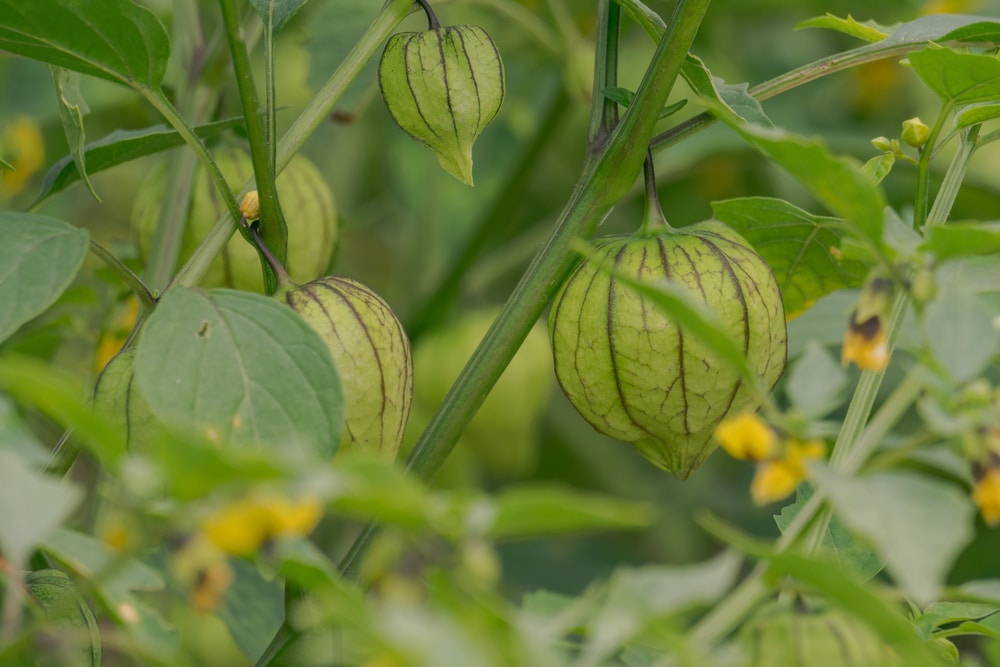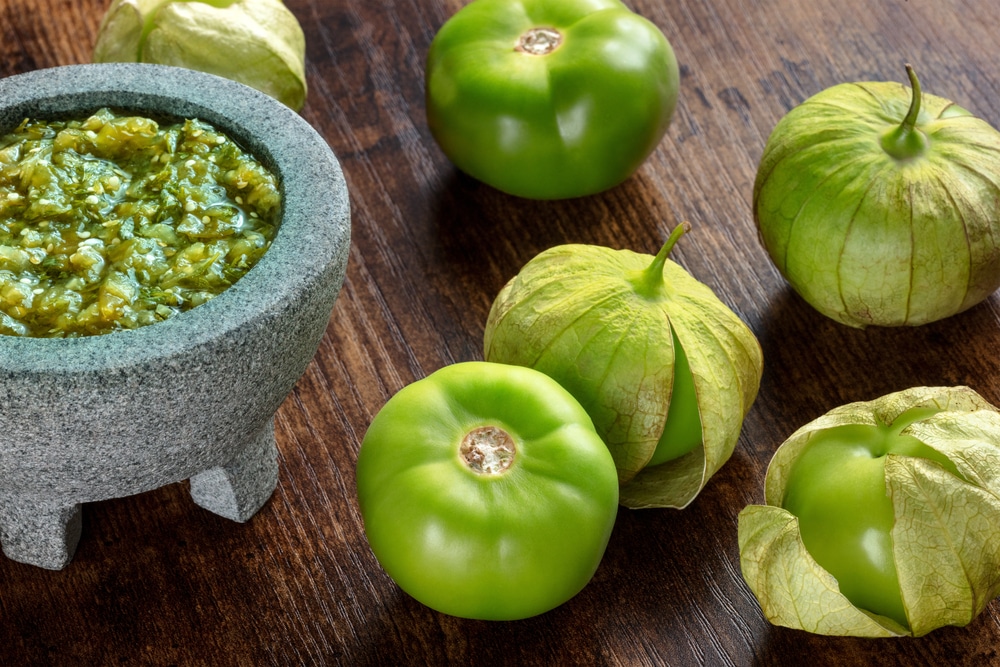Tomatillos are a versatile fruit native to Mexico and other countries in South America. Like tomatoes, tomatillos belong to the nightshade family, of which bell peppers and potatoes are also members. There are several varieties of tomatillo and these vary slightly in size, color, and flavor. Generally speaking; however, they are all characterized by their papery husk and tart, somewhat tangy flavor. Let’s look at when to harvest tomatillos.
When to harvest tomatillos?
To grow your own tomatillos successfully, you must know when to harvest them. A single tomatillo plant can produce up to 200 fruits in a single growing season as long as it’s correctly cared for and the fruits are harvested in a way that encourages new growth.
The fruit is generally ready for harvest when it is firm and yellow-green in color. If it is beginning to turn yellow and brown, the fruit is likely overripe or past its prime.
There are a few key factors to consider when determining when to harvest tomatillos. It’s essential to keep an eye on the plants throughout the growing season and begin harvesting when most of the fruit has reached its full size and color but before it has fully ripened.
Tomatillo plants produce fruit for between one and two months in the summer. You can harvest the fruits as they ripen, and new fruit will grow. Ripe fruits are about the size of a cherry tomato, have changed color, and the papery outer skin will have turned from green to a light brown color.
The color of tomatillos varies and is either green, yellow or purple. When the fruit is ripe, it will change from green to its final color.
Most plants will have fruit ready to harvest approximately 75 to 100 days after the seeds have been planted. If you’ve bought a young plant, you’ll need to wait about 65 to 80 days until the fruits are ready.
How to harvest tomatillos
Once you are ready to harvest your tomatillos, there are a few key steps that you will need to follow. First, it is essential to wear gloves when harvesting the fruit, as their husks can be pretty prickly and may irritate your hands or arms.
You can harvest fruit from the plant regularly at 7 to 10-day intervals. Check each fruit individually to see if it’s ripe; only remove the fruit ready to harvest. It’s also worth noting that smaller fruit is sweeter and tastier than fruit that’s been left longer on the plant and has grown larger. If a fruit starts to look dull or wrinkled, it’s likely past its prime.
You can harvest the fruits by hand or using a small pair of scissors. Fruits are easy to remove from the plant with a twisting movement.
After harvesting, carefully remove the husk from each individual fruit. You can use a sharp knife or your hands to do this, depending on the size and shape of the tomatillos. If you notice that any of the fruits feel sticky, you can rinse them under the faucet.
Once you have harvested all of the fruit from your plants, it is important to spread them out in a dry and airy location for several days. This will allow any remaining moisture to evaporate, helping the tomatillos to last longer and reducing the risk of mold or rot.
Storage tips
Tomatillos are best eaten fresh; however, you can store them in the fridge for later use or freeze or can the fruits. It’s best to store the fruits in a paper bag and put them in the bottom of your fridge, where they can be kept for up to two weeks. Check that your fridge isn’t too cold as the fruits can get chill burns if stored below 41°F (5°C).
It’s also important to store tomatillos away from bananas and apples as these give off a gas called ethylene, which will damage tomatillos.
Conclusion
Whether you are new to growing tomatillos or an experienced gardener, it is crucial to know when to harvest them to get the best flavor and texture. With a little planning, monitoring, and care, you can successfully harvest your own tomatillos and enjoy all of the delicious benefits they have to offer!

